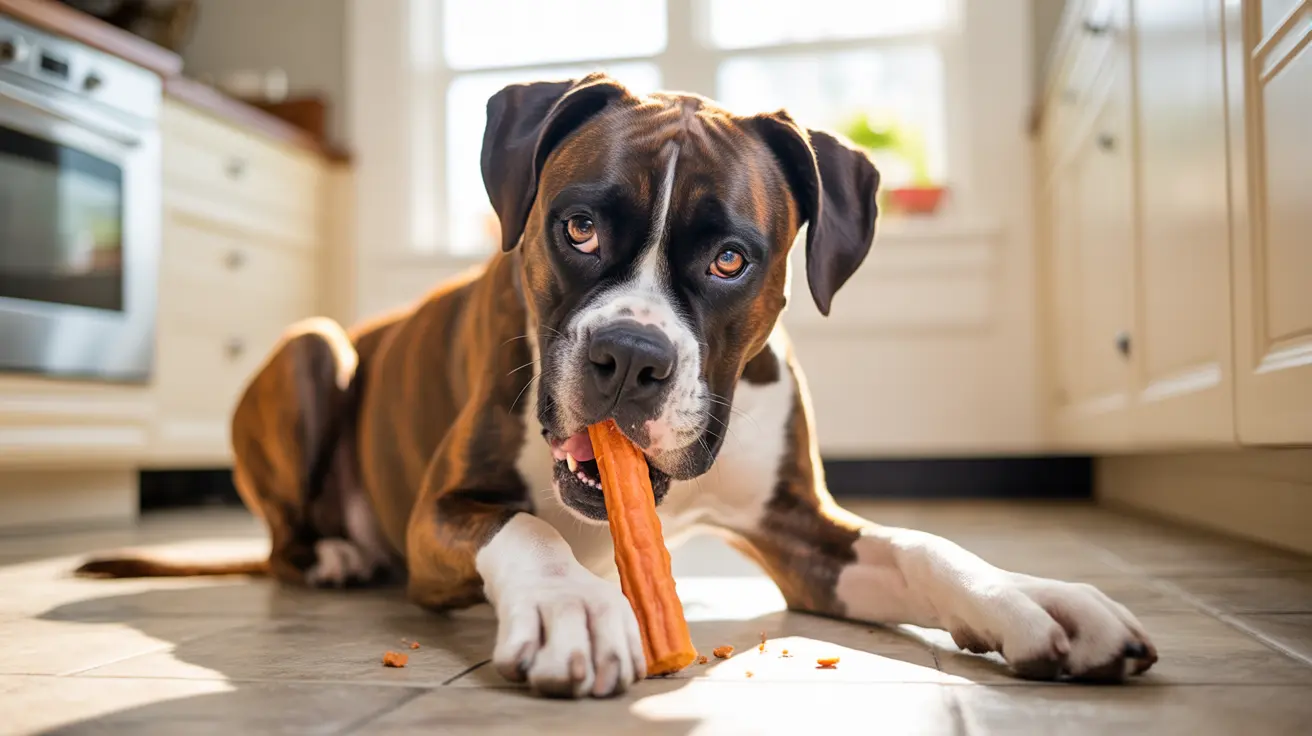Understanding How Dogs Mate Naturally
Dog mating is an instinctual process shaped by biology and behavior, ensuring the continuation of the canine species. When you observe dogs during their reproductive cycle, you'll notice a series of distinct stages and behaviors that culminate in natural mating.
The Female's Reproductive Cycle
A female dog comes into heat (estrus) typically twice a year. Her cycle has four stages:
- Proestrus: Swollen vulva and bloody discharge; the female isn't ready for mating yet.
- Estrus: The discharge lightens, and she becomes receptive to males—this is when mating occurs, usually between days 10 and 14.
- Diestrus: The end of fertility; the female is no longer receptive.
- Anestrus: A resting phase before the next cycle begins.
During estrus, females show increased affection and may hold their tail to one side (flagging)—clear signals they're ready for mating.
Males: Always Ready After Puberty
A male dog reaches sexual maturity at about six months old. Unlike females, he doesn't have a heat cycle and can mate year-round after puberty. However, responsible breeding only happens when both dogs are physically and mentally mature, with health checks completed beforehand.
Courtship Behaviors
The courtship dance between dogs is unmistakable. It often begins with sniffing and licking each other's genital areas, followed by playful gestures. The male responds to pheromones released by the female in heat. Once she's receptive, he'll attempt to mount her from behind.
The Mating Process: Mounting and the Tie
- The male mounts the female from behind when she's ready.
- Penetration occurs; ejaculation follows.
- A unique event called the 'tie' or 'lock' happens—the bulbus glandis at the base of the male's penis swells inside the female's vagina while her muscles tighten around it. This locks them together for 10–45 minutes.
This tie shouldn't be interrupted; trying to separate them can cause injury. Owners should keep both dogs calm in a quiet environment until they naturally separate.
Signs of Readiness in Females
- Swollen vulva
- Lighter vaginal discharge during estrus
- Tendency to flag their tail
- Accepting mounting from males
If you're unsure about timing, veterinarians can confirm peak fertility through progesterone testing or vaginal cytology.
Conception Without a Tie?
While most successful matings involve a tie, conception can also occur if the male withdraws early (a slip mating). Still, a tie increases chances of pregnancy.
Prenatal Care After Mating
If mating is successful, pregnancy lasts about 63 days. Early signs include swollen mammary glands, changes in appetite or sleep patterns, and abdominal enlargement—but these can also signal false pregnancies. An ultrasound five weeks post-mating will confirm pregnancy status.
Caring for Both Dogs Before and After Mating
- Avoid breeding females during their first heat—they're not fully mature yet.
- Don't breed females back-to-back without recovery time between cycles.
Create a calm space after mating so both dogs can relax. Monitor their health closely—especially the female—for any signs of distress or complications as pregnancy progresses.
Nutritional Needs During Pregnancy
The pregnant female will need more nutrition as gestation advances (especially in the final third). Consult your veterinarian for dietary advice and prepare a clean whelping box for delivery day. Keep stress low—this helps ensure healthy births for mother and puppies alike.
If Natural Mating Doesn't Happen
- Lack of experience or anatomical challenges can prevent natural mating (especially with large size differences).
If so, artificial insemination—performed by a veterinarian—is an option. This method requires careful handling of semen at body temperature and gentle positioning of the female for best results.
Mating Across Breeds or Sizes: Risks & Considerations
- Mating large males with small females risks trauma or birthing difficulties.
- Mating small males with large females may require assistance for copulation.
Responsible breeders weigh these risks carefully; artificial insemination is preferred for high-risk pairings to protect both animals' health.
Tips for Safe & Successful Dog Mating
- Keep both dogs healthy with balanced diets and regular exercise.
- Maintain cleanliness around genital areas before mating sessions.
- Introduce unfamiliar dogs on neutral ground before attempting breeding.
- Avoid excessive intervention—let nature take its course unless guidance is truly needed.
- If accidental matings happen, consult your vet immediately about options like hormonal treatments or emergency spaying.
- Naturally separated pairs recover more quickly; never force separation during a tie.
- Training helps reduce anxiety or aggression during encounters.
- Schedule post-mating checkups to ensure ongoing health.
The Bottom Line: Responsible Dog Breeding Matters
Mating isn't just about timing—it's about health screening, proper care before and after breeding, safe environments, minimal stress, and knowing when veterinary intervention is needed. By understanding natural dog mating behaviors and best practices for care throughout the process, owners help ensure healthy outcomes for both parent dogs and future puppies.





